With their cheerful and golden blooms, sunflowers are one of the most loved and plants for the householders. They are not only beautiful and easy-to-grow, but also attract bees and butterflies, as well as birds in your yard, providing food for all of these wonderful creatures. Moreover, these plants produce tasty seeds for you. With a little bit of care and attention, your sunflowers will grow into high and remarkable plants. And with their bright yellow flowers, they’re sure to bring a smile to your face all the season long. If you’re interested in seeding sunflowers, read this article to know some key things about planting and caring for them.
Do I Need to Soak Sunflower Seeds Before Planting?
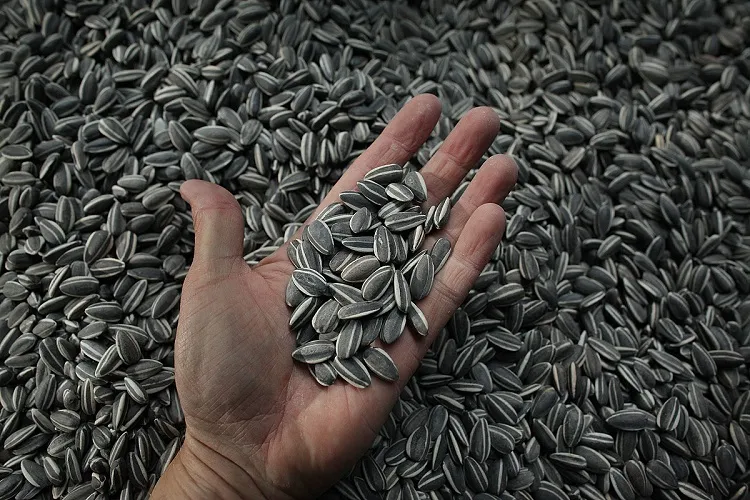
Many gardeners wonder whether they should soak in their seeds before seeding sunflowers. This procedure can help soften the seeds’ coating and promote their germination, especially if they have been stored for a long time or are particularly hard. Be careful, as soaking for too long or in water that is hot can actually harm them. It’s best to do this for no more than 24 hours, and in water with room temperature.
Read Also: How to grow lemon seeds? 3 methods tested and approved!
What is the Recommended Depth When Seeding Sunflowers
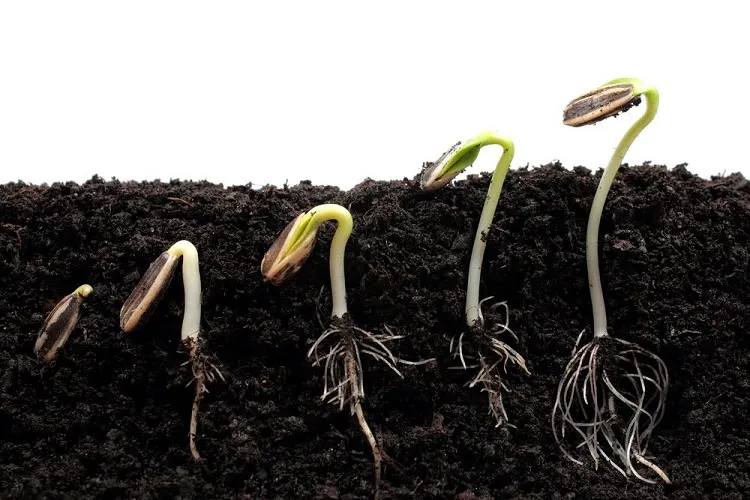
The seeding depth for sunflowers depends on the size of the seeds. As a general rule, larger of them should be placed deeper in the soil than smaller ones. For sunflowers, a good rule of thumb is to plant them at a depth that is twice the width of the seed, which usually means 1 in (2.5 cm) deep. It’s also important to space your sunflower seeds in a way that will give each of them enough room to grow. Depending on the variety of sunflower you’re growing, this means to place them should be anywhere from 6 to 24 in (15-60 cm).
What is the Needed Rate When Seeding Sunflowers?

The seeding rate for sunflowers depends much on the size of your planting area and the variety you’re growing. As a general rule, you should plant about 2 to 4 seeds per square foot (930 square cm) of the prepared for this purpose area. If you’re growing the sunflowers for their ornamental value, you probably prefer to put them closer together, creating a fuller, more dramatic effect. In case you do this for harvesting their seeds, it’s better to space the plants further apart to allow each of them to produce more seeds.
How Long do Sunflower Seeds Take to Germinate?
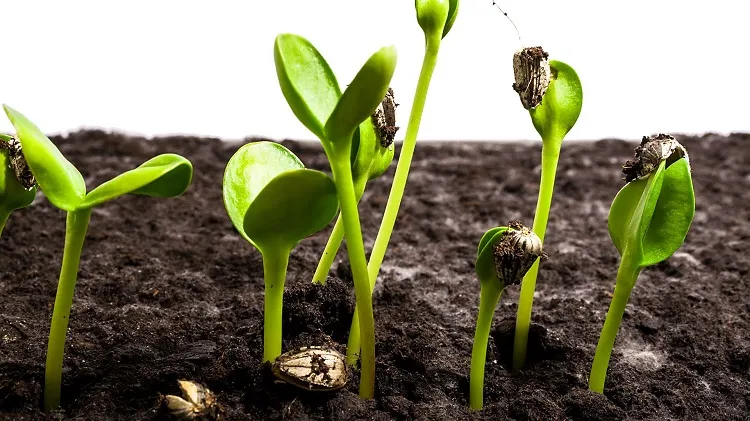
It usually takes between 7 and 14 days for the seeding sunflowers to germinate, depending on the variety and the growing conditions. During this time, it’s important to keep the soil moist, but not waterlogged, as too much damp can cause the seeds to rot. Once they have germinated, you can reduce the amount of water you give them and allow the soil to dry out from time to time. This will encourage the plants to develop deep, strong roots that can help them withstand drought conditions.
Can I Keep My Sunflower in a Pot?
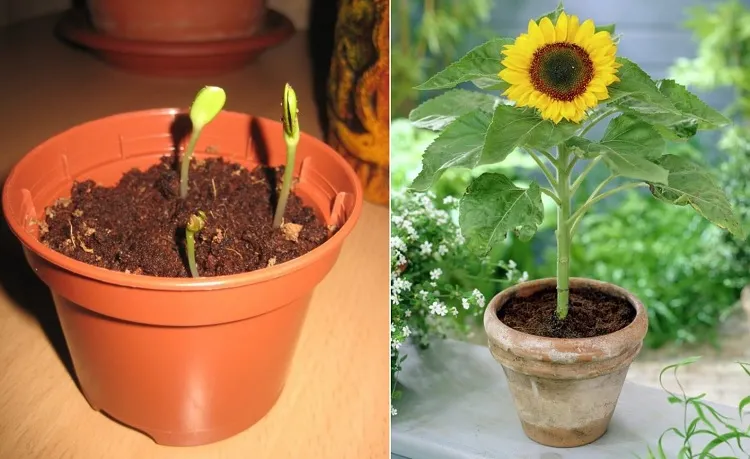
It’s possible to do, and the important thing when seeding sunflowers in a pot is to choose one that is large enough to accommodate the plant’s deep taproot. A container that is at least 12 in (30 cm) in diameter and 12 in (30 cm) deep will be sufficient for the purpose. Be sure to use a good quality potting mix and fertilize the plants regularly. They are heavy feeders and will benefit from a balanced fertilizer that contains equal amounts of nitrogen, phosphorus, and potassium.
Planting Sunflowers Along Fence
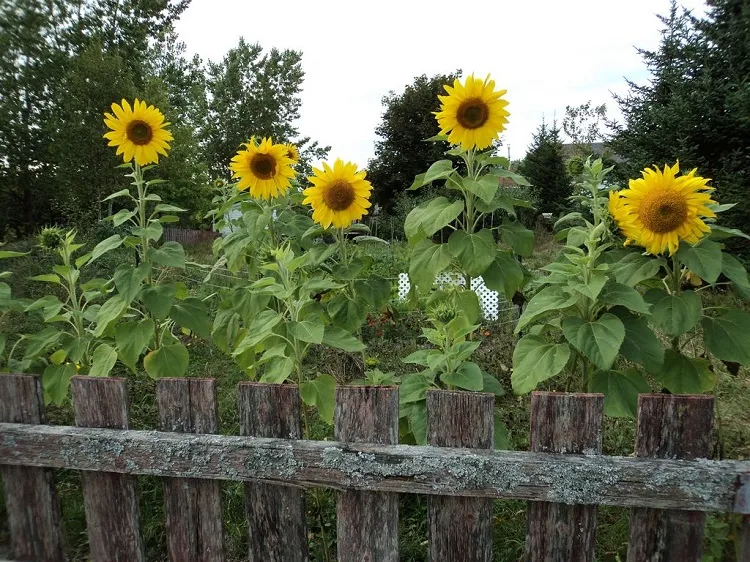
Seeding sunflowers along your fence can be an ideal way to add some height and color to your garden, and at the same time providing a bit of privacy and shade. These plants can grow quite tall, reaching heights of 6 feet or even more, which makes them an ideal choice for growing on the borderline of your garden. You should start with this task by preparing the soil. Dig a trench along the fence, which is at least 6 inches deep and wide enough to accommodate the size of the seeds. After that, add some compost or other organic matter to the soil to improve its fertility. Once the soil is ready, plant your sunflower seeds, water them well and keep the soil moist until they germinate. As your sunflowers begin to grow, you may need to provide some support to keep them developing upright and not falling over. So, stake the young plants or use a trellis to keep them growing tall.

With a little bit of care and attention, your sunflowers will reward you with their beautiful and large yellow blooms, and perhaps even with some healthy seeds for snacking. So, go ahead and plant some of these flowers today, to enjoy the beauty and benefits they bring to your garden all the warm season.
